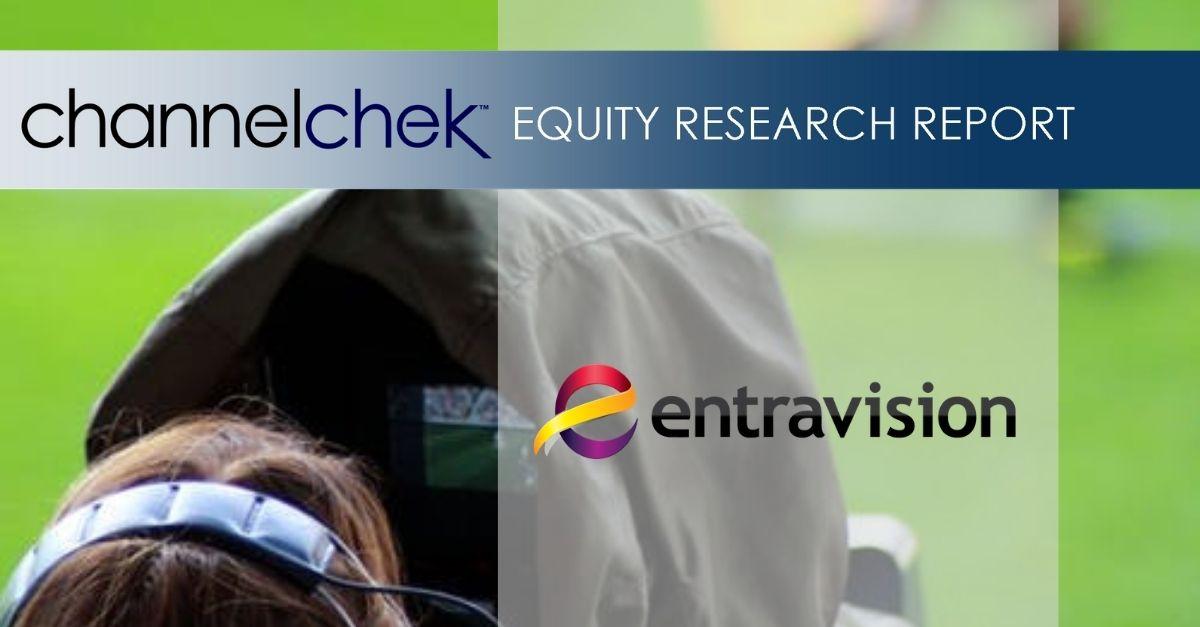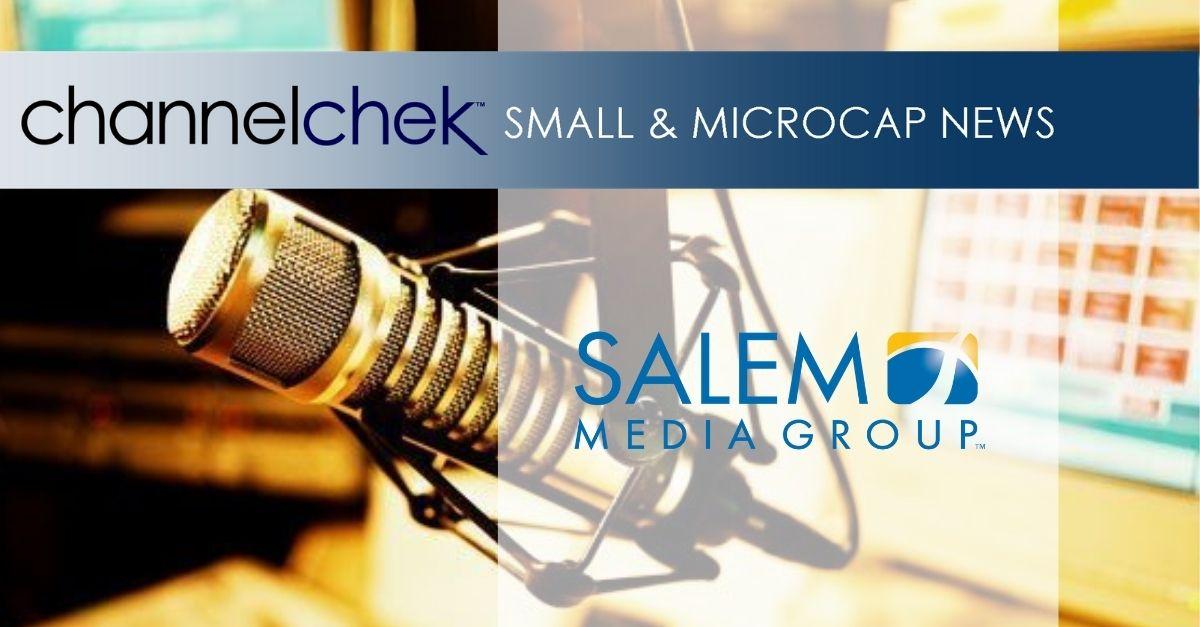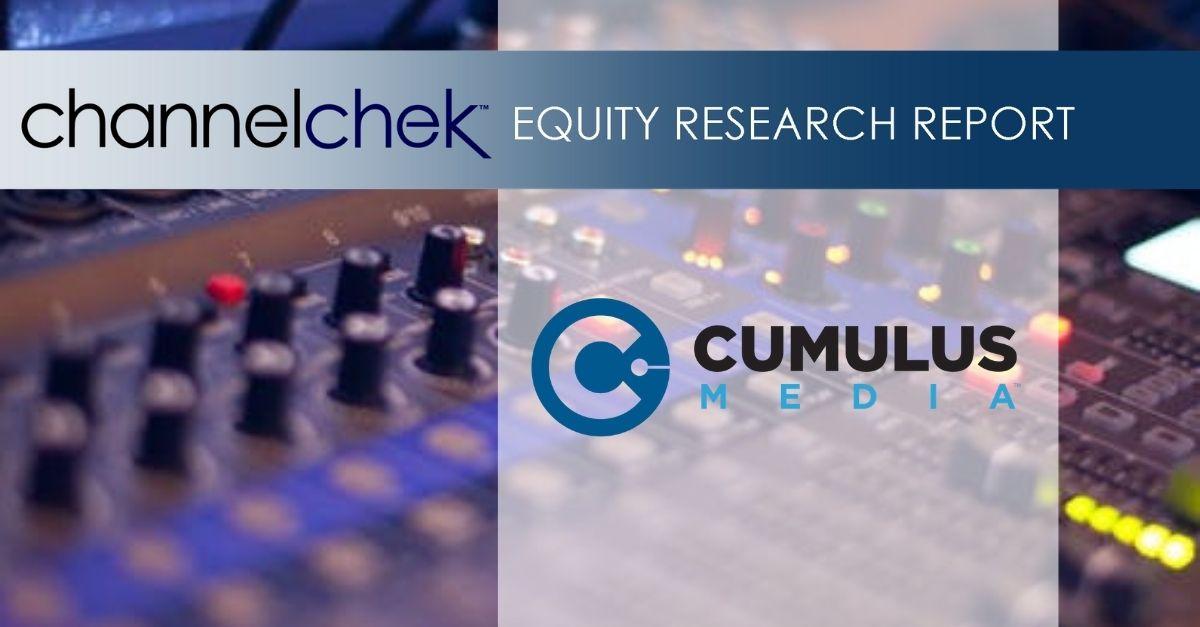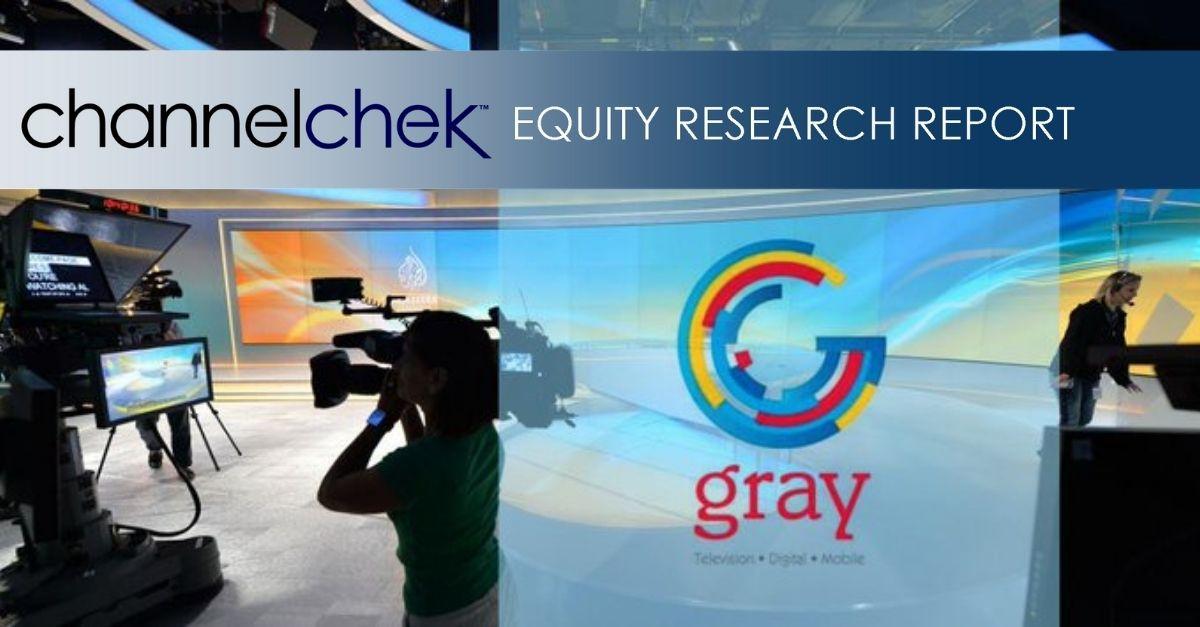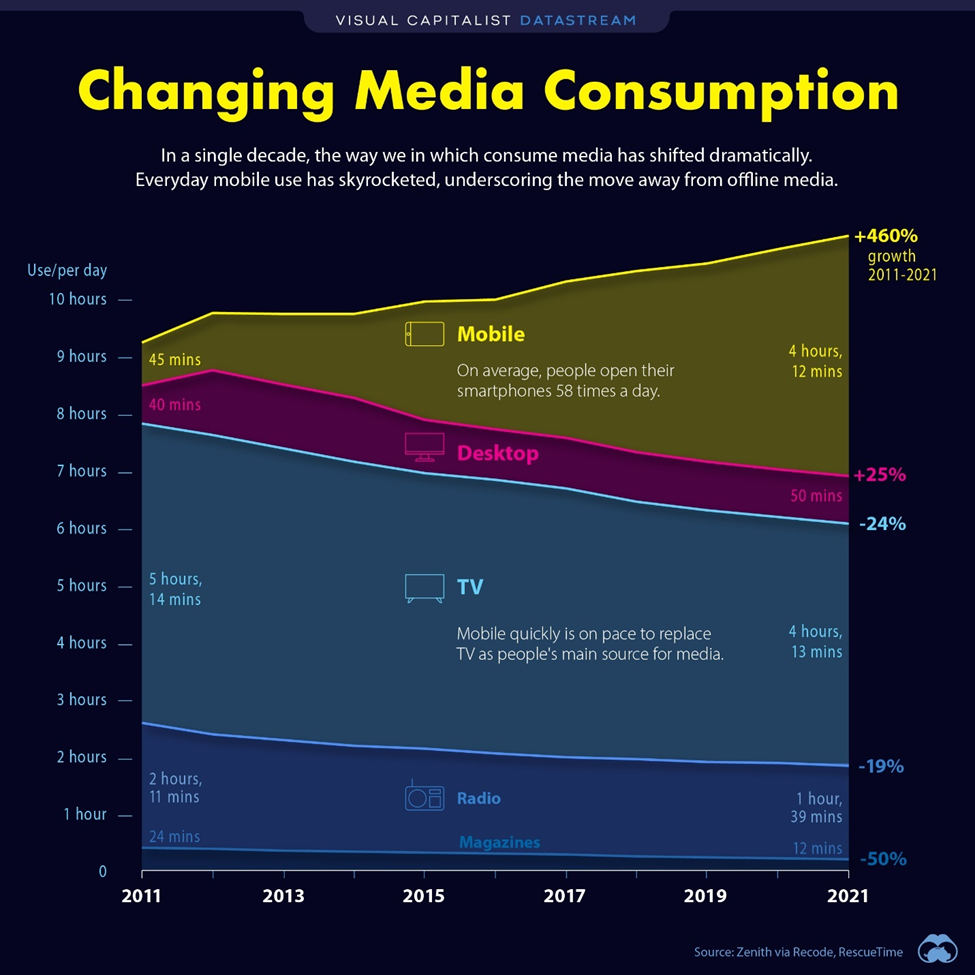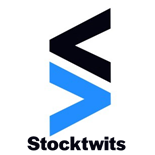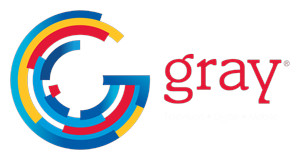
Digital Advertising Continues its Double Digital Growth
Noble Capital Markets Media Sector Review – April 2021
On April 7, the Internet Advertising Bureau (IAB) released their 2020 internet advertising revenue report in conjunction with PricewaterhouseCoopers (PwC). The report concluded that digital advertising in the U.S. increased by 12.2% to $139.8B in 2020 from $124.6B in 2019.
Growth was fueled by a strong rebound in digital advertising in the second half of the year, in which $80B, or 57% of the year’s total was booked.
Digital advertising of $45.6B in 4Q 2020 was the highest quarterly revenue number ever. For perspective, the $80B of ad spend in the second half of 2020 was equivalent to the entirety of U.S. digital advertising in all of 2016.
By quarter, digital advertising increased by 10.5% year-over-year in 1Q 2020, decreased by 5.2% in 2Q 2020 (when Covid-19 first hit), reaccelerated to 11.7% growth in 3Q 2020, and finished exceptionally strong with 28.7% growth in 4Q 2020. Fourth quarter digital ad spend benefited from an influx of political advertising, but the bigger impact may have come from a “use or lose it” mindset, in which ad budgets that weren’t spent earlier in the year were available to spend in the fourth quarter.
More importantly, digital ad spend in the U.S. was not just confined to the “duopoly” of Google and Facebook, or the “tripoloy” of Google, Facebook and Amazon Advertising. According to the IAB, digital advertising revenues among the Top 10 companies grew by 14% in the U.S., as their share of ad spend increased to 78% in 2020 from 77% in 2019. Ad spend from the fifteen next largest companies (companies 11-25) increased by 2.4% to $8B. The remaining companies in the PwC universe were able to post revenue growth of 8.3% to $22B in 2020 from $20.3B in 2019. The key take-away is that the size of the “open internet” (after the “walled gardens” of the top 10 companies) remains a sizable addressable market ($30B+ in the U.S. alone) and grew at an attractive rate of 7% (when excluding the top 10), despite what we believe was a double-digit decline in ad spend in 2Q 2020.
OUTLOOK – INTERNET AND DIGITAL MEDIA
INTERNET AND DIGITAL MEDIA COMMENTARY
Introducing Noble’s Esports and iGaming Index
Noble’s quarterly media newsletter has always covered seven distinct segments: four digital media sectors (Digital Media, Ad Tech, Marketing Tech, and Social Media) and three traditional media sectors (TV, Radio and Publishing). With this edition, we are adding an Esports and iGaming sector, as advertising and sponsorships are key revenue categories for many esports companies. Over time, we expect sports betting and Esports betting to become larger revenue drivers of industry growth.
We have added 16 publicly traded companies to our new Esports and iGaming Index and comp sheet, with the two largest companies in the sector, Flutter Entertainment (ISE: FLTR, the owner of FanDuel) and DraftKings (ticker DKNG) accounting for 80% of the sector’s market cap. Many companies in the sector are experiencing tremendous revenue growth (except for those that host live events) with organic growth augmented by acquisitions, and negative EBITDA margins as companies invest for growth. Of the 16 companies in the sector, four are expected to generate positive EBITDA in 2021, while six companies are projected to do so in 2022.
Internet and Digital Media Stocks Perform In-Line with the Market
Internet and digital media stocks generally performed well in the first quarter, with the exception of Marketing Tech stocks. In a quarter in which the S&P 500 finished up 6%, Noble’s Digital Media (+13%) and Esports & iGaming (+12%) Indices outperformed, while our Social Media Index (+5%) performed in-line with the market and the Ad Tech (-1%) and MarTech (-5%) Indices underperformed the broader market. Notable gains were recorded by Inuvo (INUV; +125%); Enthusiast Gaming (TSX: EGLX; +106%), Travelzoo (TZOO; +78%), Pubmatic (PUBM; +76%) and Criteo (CRTO; +69%).
We believe the underperformance of the MarTech stocks reflects a rotation out of stocks where Covid-19 acted as an accelerant to long-term trends into stocks that will benefit from the economic recovery. For the latest twelve months (LTM), every Internet and Digital Media sector outperformed the S&P 500 (+54%), led by our Ad Tech Index (+305%), followed by Esports & iGaming (+193%); Social Media (+84%), Digital Media (+76%) and Marketing Tech (+65%).
Internet and Digital Media M&A Activity Off to a Strong Start in 2021
In the first quarter of 2021, Noble tracked 167 M&A transactions in the Internet and Digital Media sector, up 8% over the 154 transactions we tracked in the first quarter of 2020. The most active sectors included Digital Content (54 deals), Marketing Technology (43), Agency & Analytics (29) and Advertising Technology (16). Within the digital content sector, the most active subsector were companies in the gaming sector, such as game studios or mobile game developers. There were $6.0B worth of M&A in the gaming/entertainment sector, with the largest being Electonics Art’s nearly $2.0B acquisition of mobile game developer Glu Mobile, followed by Embracer Group’s $1.4B acquisition of Gearbox Entertainment, as shown in the PDF in the download below.
Within the Marketing Technology segment, the 43 announced deals during the quarter resulted in a reported $3.0 billion in transaction value. Active subsectors included 6 deals in the Customer Experience Management space, and 4 deals each in the CRM (Customer Relationship Management) and CDP (Customer Data Platforms) sectors. The largest MarTech deals were Twilio’s $2.9B acquisition of Segment, the market leading customer data platform, and Facebook’s $1.0B acquisition of Kustomer, which would provide Facebook with customer service tools for businesses on its platform.
Finally, Ad Tech companies saw a resurgence of M&A activity. The sector saw the largest transaction value of all sectors, with $15.9B of deal activity. The two largest transactions involved reverse mergers with SPACs. The largest announced transaction was mobile game/in-app advertising network ironSource’s reverse merger with the SPAC Thoma Bravo Advantage for $10.3B. The second largest transaction was Taboola’s reverse merger with the SPAC ION Acquisition Corp. for $2B. There were two additional in-app advertising deals similar to the ironSource deal: Digital Turbine’s $600M announced acquisition of Fyber N.V. and Digital Turbine’s $356M acquisition of mobile ad network AdColony. These firms are all particularly adept at generating app installs on behalf of their clients, many of whom are in the gaming sector.
OUTLOOK – TRADITIONAL MEDIA
TRADITIONAL MEDIA COMMENTARY
The following is from a recent note by Noble’s Media Equity Research Analyst Michael Kupinski
The Ride May Get A Little Bumpy
Investors appear eager to own companies that may benefit from a post pandemic recovery. To that end, Media & Entertainment stocks outperformed the general market as measured by the S&P 500 Index in the last quarter and for the past year, with many stocks having doubled since November 2020. For the first time in a long while, traditional media companies outpaced the performance of the Digital Media group. The Media outperformance is typical of an early stage economic and advertising recovery for these consumer cyclical stocks. But there may be some headwinds looming. Investors are likely to ponder these questions: Has the recovery in media stock valuations gone too far? How will the stocks react to the prospect of higher inflation? Will advertising continue to rebound with the prospect of increased corporate or personal taxes? How will the stocks perform in a period of rising interest rates? Stocks can climb a “wall of worry”, but it usually means that the road will become bumpier. We expect a lot more volatility for these cyclical stocks in the coming months and quarters. Stock valuations do not appear to be extended, with most stocks trading within historic average five-year trading ranges, but most media stocks have factored in a fairly robust recovery. In addition, for television stocks, there is anticipation that political advertising in 2022 may even exceed that of 2020, an historic political advertising year. It would be unusual for a biennial election year to exceed that of a Presidential election year, but there has already been a record amount of money raised by politicians, PACs, and advocacy groups. For now, we see no reason to be less optimistic on the advertising front given significant economic stimulus.
We believe that media stocks potentially have bigger headwinds with inflation, rising interest rates and taxes. In terms of inflation, historically media companies have been able to raise advertising rates faster than the rate of inflation. This was true until the advent of the internet, when advertising deflation occurred. As such, the story is still out on whether advertising historic trends prevail. Certainly, in an inflationary environment, we would anticipate that there would be a contraction in cash flow multiples. On the tax front, as of now, the discussion relates to tax increases for those making $400,000 or more and for corporate tax rates to rise. State taxes appear to be generally going up as well. Generally, tax increases decrease discretionary disposable income and is negative for advertising. States appear to be seeking additional taxes, however, some even considering taxes on services, such as advertising. This would be a negative, potentially lowering margins for advertising driven companies. Finally, media stocks tend not to do well in periods of rising interest rates, which appears on the horizon.
What are media investors to do? There is a significant amount of stimulus, which should support a robust economic and advertising recovery. We believe that volatility likely will increase and stock valuation multiples likely will contract. As such, it is important for investors to be selective and seek growthier companies. Companies that have developed digital operations and those that are well positioned to grow above average in an economic recovery that may include higher inflation.
Television Broadcasting
What does the Supreme Court Ruling Mean?
On April 1st, the Supreme Court ruled that the Federal Communications Commission (FCC) was within its right to relax media ownership rules, particularly with respect to the newspaper/TV cross ownership, radio/TV cross ownership, the number of radio and television stations an operator could own in a single market, and the number of TV stations an operator could own in a single market. These ownership rules were archaic, but the Supreme Court decision to uphold the FCC’s relaxation of the ownership rules are not likely to change much.
First, many broadcast television companies sold or spun off newspaper operations long ago. This decision was largely based on the fact that public broadcast companies that owned newspapers traded at a discount to peers given the far lower multiple assigned to newspapers. In addition, many broadcasters with newspaper operations saw little synergies.
The Supreme Court decision has more implications on a broadcaster owning two Big Four network stations in a market, commonly called the Big Four rule. The Supreme Court decision paved the way for the FCC to loosen the restriction and allow the ownership of two “big four” network stations in the market. The FCC has rarely done this in the past since the combination would need to serve the public interest. It is unlikely that broadcasters would seek acquisitions to combine “big four” stations in a market given the high hurdle of the “public interest” and, especially with the current administration that has been supportive of keeping ownership rules.
As such, the relaxation of these rules will not likely drive industry consolidation, nor did the Supreme Court ruling drive up media stocks, as some media outlets suggested. Investors are looking for the FCC to further lift television ownership rules, especially the current rule that limits television ownership to 39% of television households. We believe that this would be more important in driving industry consolidation. This is not expected to happen with the current administration. We believe that the recent rise in stock valuations relates to improving fundamentals.
We believe that television investors are buoyed by core advertising gains that are expected in the first quarter and the upcoming easy comparison in the second quarter. On average, we believe that first quarter revenues are likely to be down 1% to 2% due to the heavy influx of political advertising in the first quarter 2020. The first quarter is not typically a huge political quarter, but last year was different, influenced by spending by billionaire Presidential candidate Michael Bloomberg. The second quarter revenue comparisons will be much more favorable given the significantly less political advertising and the year earlier advertising fallout from Covid 19. We estimate that industry mean revenues likely will increase as much as 18% in the second quarter. Looking forward toward the second half, comparisons will be difficult due to the year earlier historic influx of political advertising. All together, we expect Television revenues to be down 2% to 3% for 2021.
The Noble TV index increased a strong 21% in the first quarter, heavily influenced by the volatility in the shares of ViacomCBS. Nonetheless, most Television broadcasters performed well in the first quarter and outperformed the S&P 500. We believe that investors are focused on the advertising recovery, which appears to be underway in the first quarter and into the second quarter. We believe that investors may give some pause in the enthusiasm for broadcast stocks heading into the second half, given the tough revenue comparisons to the year earlier heavy political advertising.
We are not looking for smooth sailing for the stocks in 2021. Nonetheless, we believe that investors should focus on 2022 and the prospect of an historic influx of political advertising. Many broadcasters indicated that political advertising could be greater than the record-breaking amount in 2020. This would be unprecedented, given that political advertising in biennial election years is usually lower than Presidential election years. But there is a close balance of power in the House and Senate and there appears to be a record amount of money already raised by candidates and political action committees. At this time, we anticipate that TV industry revenues will increase 15% in 2022.
As the Broadcast comparable chart indicates, television stocks do not appear to be overvalued, despite the recent outperformance in the market. On average, stocks appear to trade at roughly 8x Enterprise Value/2022E EBITDA. This is within the range of historic trading averages of 8x-12x which suggests there is room for multiple expansion in TV stocks.
Radio Broadcasting
Diving Into Digital
Radio companies leaned into their digital growth strategies in the last quarter, highlighting the contributions of this growth-oriented business which performed well during the pandemic. Digital revenue grew roughly 8% in 2020 and is projected to accelerate to a strong 15% in 2021. The digital growth was significant given that traditional radio advertising declined an estimated 30% in 2020. The compelling digital revenue growth has been fueled by podcasts, but also reflects other digital initiatives such as streaming, programmatic advertising, and subscription businesses. Furthermore, digital revenue is expected to grow an attractive 10% per year for the next several years.
While traditional radio advertising is expected to recover in 2021 as the economy reopens, we expect that traditional radio advertising is likely to struggle to reflect revenue growth thereafter given competition from alternative mediums. We estimate that traditional radio advertising will increase 15% in 2021, not fully recovering from the 30% drop in 2020. As a result, many radio companies are looking toward digital and other growth-oriented businesses, including gambling and esports, as growth drivers.
Some radio companies have accelerated the trajectory of their digital revenue contribution through acquisitions. In March, Entercom, now called Audacy, purchased Podcorn, a company that connects advertisers to podcast content. This recent acquisition follows earlier purchases of Cadence13 and Pineapple Street Studios, establishing the company as a leading player in the podcast space. Notably, podcasting is the fastest growing segment of audio and, according to eMarketer, is expected to increase a strong 41% in 2021. Furthermore, eMarketer projects that by 2024, 29% of digital audio ads will be derived from podcasts. Other companies, like UrbanOne, have looked outside of the audio space for growth. The company doubled down on its interests in casinos, partnering with the Colonial Downs owner to build a casino in Richmond, Virginia.
While companies like Audacy have used acquisitions to accelerate their digital transformation, Townsquare Media has largely grown organically. Notably, with roughly 50% of its revenues derived from digital, Townsquare leads the way in the industry in terms of diversified, growth-oriented revenue streams. Recently, Townsquare management rolled out its digital first strategy. Leading with its digital businesses is a change in strategy from the company’s “Local First” focus. The change is not surprising given the strong growth in its digital businesses over the past year. Townsquare Interactive’s subscription-based business grew 14% in 2020. Furthermore, its programmatic business, Ignite, and other digital advertising revenue streams appear to be accelerating from that growth.
Publishing
Tribune Publishing received a competing offer of $680.8 million, or $18.50 per share, for the company, beating the $634.8 million, or $17.25 per share sweetened offer from the hedge fund, and largest Tribune shareholder, Alden Global Capital. Alden owns 31.6% of the TPCO shares outstanding. The $18.50 per share offer by Newslight, which is run by Stewart Bainum Jr., CEO of Choice Hotels, and Swiss billionaire Hansjoerg Wyss, was surprising, but not unrealistic. Alden agreed to sell the Baltimore Sun to a charity run by Bainum. That deal fell apart and Bainum formed a company to buy all of Tribune.
It appears that Newslight recognizes the sum of the parts valuation that we identified in our January 28, 2021 report, which indicated that the company could be worth as much as $20.75 per share, recognizing the value of its unique newspaper assets and real estate holdings. Splitting up the company appears likely. Mason Slaine, a tech investor that has expressed interest in Tribune’s Florida newspapers, indicated plans to invest $100 million into the Newslight bid. Tribune’s special committee has determined that Newslight’s offer would be a “superior proposal” to the Alden offer.
The move by the Special Committee allows the company to provide information to Newslight, which now can perform due diligence. It appears that Newslight has the financing available to complete their offer. The ball is in Alden’s court to determine if they would sweeten their offer to be “superior” to the Newslight offer. In our view, there is value left on the table to do that, but investors should be mindful that Alden has walked away from the table before with its run at Gannett.
DOWNLOAD THE FULL REPORT (PDF)
Noble Capital Markets Media Newsletter Q1 2021

This newsletter was prepared and provided by Noble Capital Markets, Inc. For any questions and/or requests regarding this news letter, please contact >Chris Ensley
DISCLAIMER
All statements or opinions contained herein that include the words “ we”,“ or “ are solely the responsibility of NOBLE Capital Markets, Inc and do not necessarily reflect statements or opinions expressed by any person or party affiliated with companies mentioned in this report Any opinions expressed herein are subject to change without notice All information provided herein is based on public and non public information believed to be accurate and reliable, but is not necessarily complete and cannot be guaranteed No judgment is hereby expressed or should be implied as to the suitability of any security described herein for any specific investor or any specific investment portfolio The decision to undertake any investment regarding the security mentioned herein should be made by each reader of this publication based on their own appraisal of the implications and risks of such decision This publication is intended for information purposes only and shall not constitute an offer to buy/ sell or the solicitation of an offer to buy/sell any security mentioned in this report, nor shall there be any sale of the security herein in any state or domicile in which said offer, solicitation or sale would be unlawful prior to registration or qualification under the securities laws of any such state or domicile This publication and all information, comments, statements or opinions contained or expressed herein are applicable only as of the date of this publication and subject to change without prior notice Past performance is not indicative of future results.
Please refer to the above PDF for a complete list of disclaimers pertaining to this newsletter



